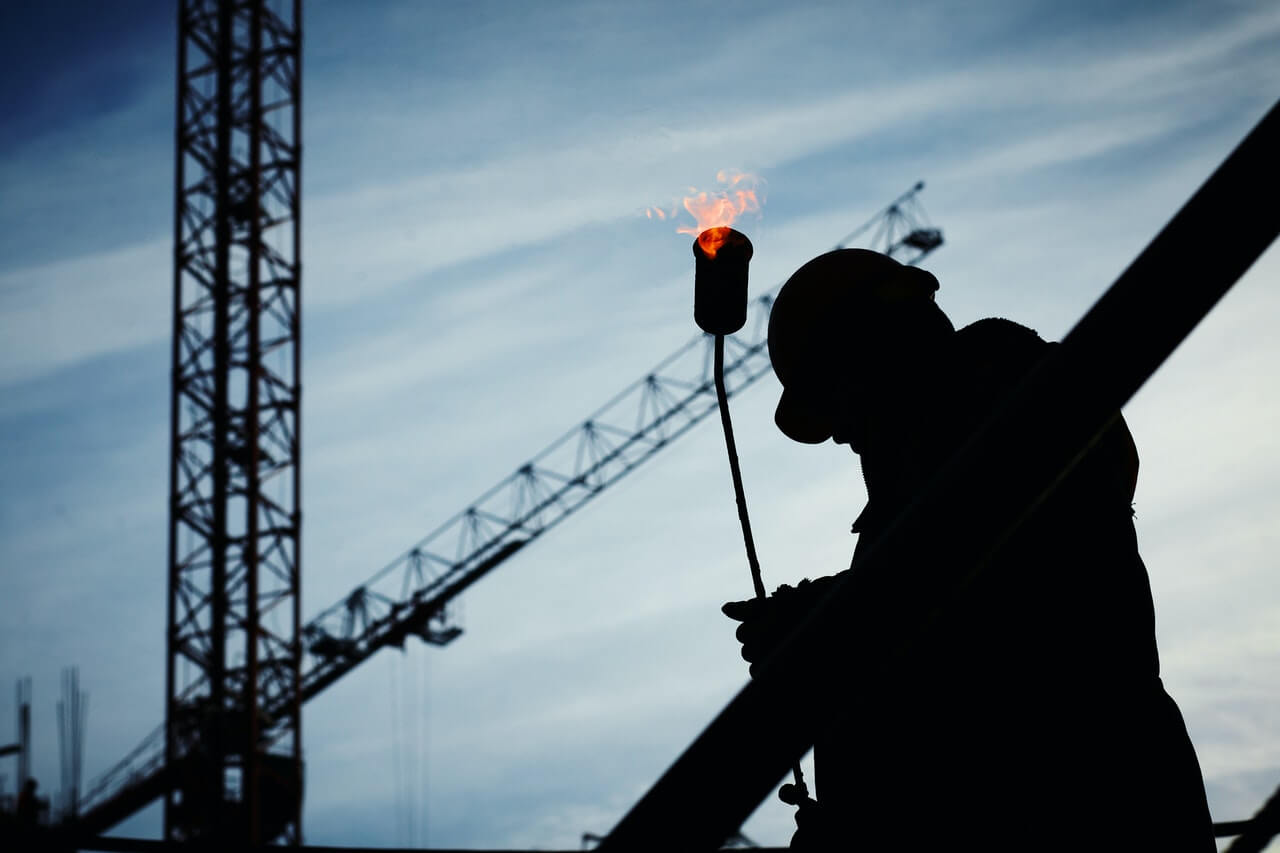Lone Worker Hazards: What Are The Risks For Lone Workers?
Getting hurt or having a medical emergency on the job is frightening, but it’s even scarier for lone workers. Nearly one in five lone workers (19%) have struggled to get help after an accident, according to a recent survey conducted by TrackPlus. What’s more, almost half (44%) said they felt unsafe at work. This is clearly unacceptable, and employers have a responsibility to improve conditions for lone workers. There are steps that can be taken, but the first one is to understand lone worker hazards.
First, what is a lone worker?
A lone worker is defined as someone who is working by themselves without direct supervision. Some examples of lone workers include oil rig workers, semi truck drivers, gas station and convenience store employees.
Why are lone workers more at risk?
Lone workers face many of the same risks as other workers, but the main difference is that there’s no one else around if they get sick or hurt. If the lone worker is severely injured or rendered unconscious, they may be unable to call for help. It could be a long time before someone realizes something is wrong and goes looking for them, which can increase the chances of severe consequences or even death.
What are the risks for lone workers?
Certain situations can be particularly risky for lone workers:
Slips, trips, and falls
The dangers of climbing a ladder or working at heights while alone are obvious. However, even slips and falls on the same level can result in serious injuries for lone workers.
Environmental dangers
Many lone workers face hazardous environmental conditions, from extreme heat and cold, to working around water or below ground, and even encountering wild animals. Working alone increases the chances that someone could get hypothermia and die, or fall into a body of water and drown.
Chemicals and electricity
Lone workers also face invisible hazards like chemical fumes and electricity. A lone worker in a water treatment facility, for example, can quickly be overcome by fumes and unable to call for help.
Lifting
Lifting heavy objects alone can also pose a risk of injury, as in the case of a home healthcare worker lifting a patient or a delivery person lifting an oversized box.
Heavy equipment
Lone workers on oil rigs or in refineries may operate heavy equipment without a coworker nearby. This means there is no one around to prevent them from being crushed or caught between equipment, or to shut off the equipment if something goes wrong.
Medical emergencies
In addition to on-the-job injuries, a lone worker could suffer a heart attack, stroke, or severe allergic reaction. With no one there to call 911, this situation is extremely dangerous.
Assault
Many lone workers are victims of assault. A lone convenience store worker or truck driver makes an easy target for criminals. Likewise, a lone utility worker tasked with disconnecting service could easily be the victim of an angry homeowner.
Limited/no connectivity
All of these risks are multiplied if lone workers are outside of cell phone coverage. Not only is there no one around, it’s also more difficult to reach someone if help is needed. Due to the nature of their work, this is common for many lone workers such as field service workers and truck drivers.
The importance of risk assessment
It’s critically important for lone workers to be aware of the hazards they face and know how to carry out their jobs safely. Risk assessment is an essential tool to help workers better understand and avoid these lone worker hazards.
The risk assessment should take all of the above factors into consideration. If you use a risk scoring system (and you should be!), lone work can automatically be assigned a higher initial score. From there, controls can be put in place to reduce the level of risk. For example, you might require lone workers to check in over the phone or two-way radio at regular intervals. Too high of a residual score after controls are put in place indicates that lone work cannot be carried out safely.
The bottom line when it comes to lone work? Be aware of the risks associated with working alone. Train workers to spot these lone worker hazards and provide risk assessment tools to help them protect themselves. These simple steps will help ensure your most vulnerable workers stay safe on the job.
